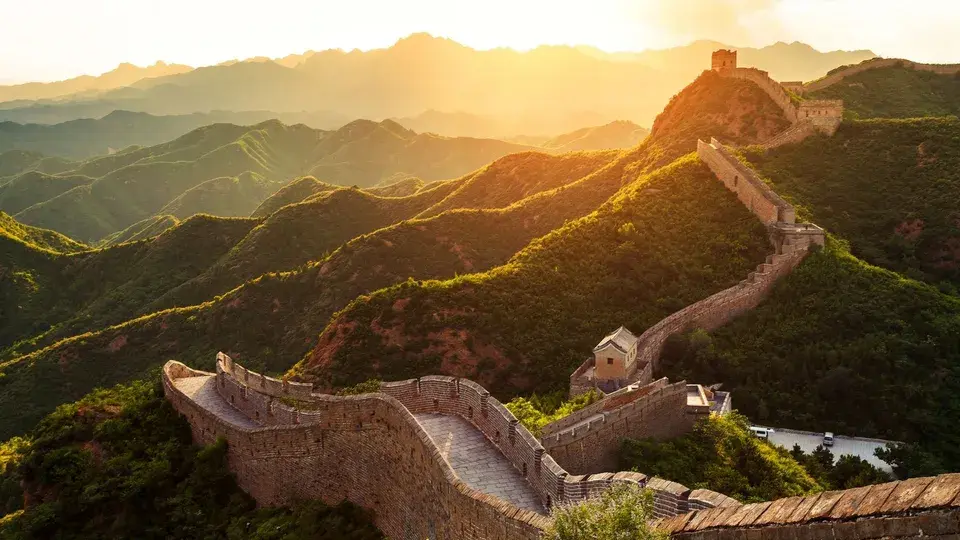The Greatest World Wonders You’ve Never Heard Of
There are several overused phrases in the broad lexicon of travel writing, but few are quite as regular in their deployment as “hidden gem”. It is an unimaginative use of language, bordering on cliché, put to work on a near-ceaseless basis to describe everything from a somewhat less busy beach (a little up the coast from a popular resort) to a neighborhood restaurant in a corner of a big city (ever so slightly removed from the beaten tourist path).
And yet… there are occasions when places are both genuinely lacking in wider profile and utterly deserving of your time and attention, should you find yourself in their vicinity.
Below, our experts pick their 16 out-of-the-way dots on the map that, for various reasons, are little known to the traveling public, even though they make cameras click, jaws drop, and superlatives fall from mouths when you lay eyes on them.
Of course, “little known” and “completely unknown” are different things, and if you have most definitely heard of the Tara River Canyon or Iceland’s Vatnajokull, tell us your recollections in the comments box below. Equally, if you have found a special hotspot that pings upon a few radars, then tell us about that too. Just don’t call it a “hidden gem”.
1. Tara River Canyon, Montenegro
The initial sentiment, while driving towards the Tara River Canyon, was one of doubt. Admittedly, the road from Budva, along the Adriatic coast, climbed at an impressive angle, and the Ljubišnja mountains – shared by Montenegro and Bosnia and Herzegovina – undeniably formed a range of considerable stature. Yet, the belief that this vast chasm in the landscape was the world’s second-deepest canyon, as my guide and local literature often claimed, was hard to accept.
I remain unconvinced. The mathematical claims are debatable, as deeper canyons exist in Tibet, Nepal, and Peru. Not to mention the grand spectacle of America’s renowned canyon.
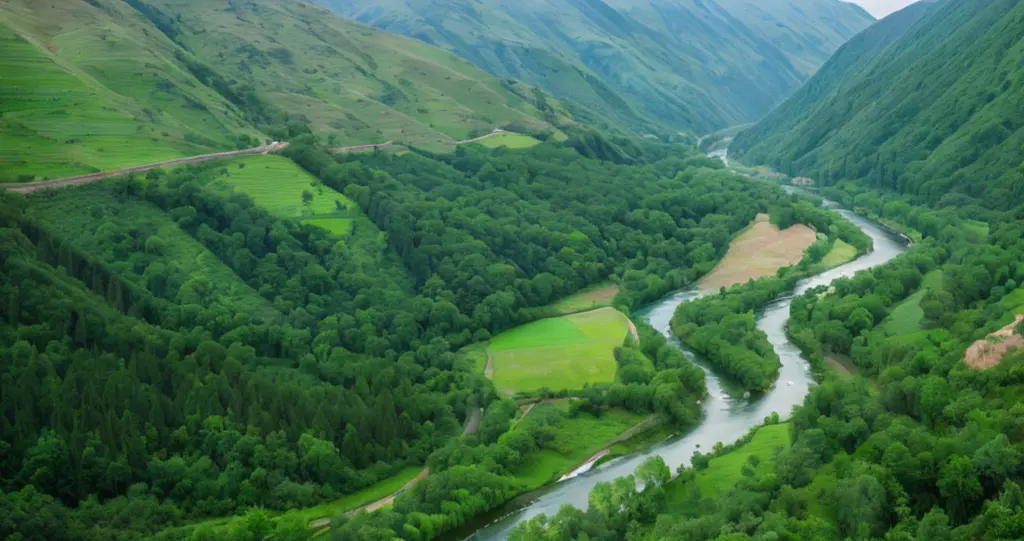
However, the Tara River Canyon, reaching depths of up to 4,300 feet (1,310 meters) from the ridge to the river, is undeniably impressive. Approaching the edge, my doubt turned into a mild vertigo, intensified by a golden eagle soaring on the thermals below; the river appearing as a distant turquoise ribbon.
At that time, Montenegro was the world's newest nation, having declared independence just a year earlier in 2006. It was remarkable that such a dramatic geological feature remained largely unknown to Western European travelers. Nearly two decades later, this situation appears to be unchanged.
2. Santo Antão, Cape Verde
Situated in the mid-Atlantic, Cape Verde is not widely known; most people who recognize it probably think of beachy islands like Boa Vista and Sal. However, the northernmost island of Santo Antão is entirely off the radar and offers a unique experience.
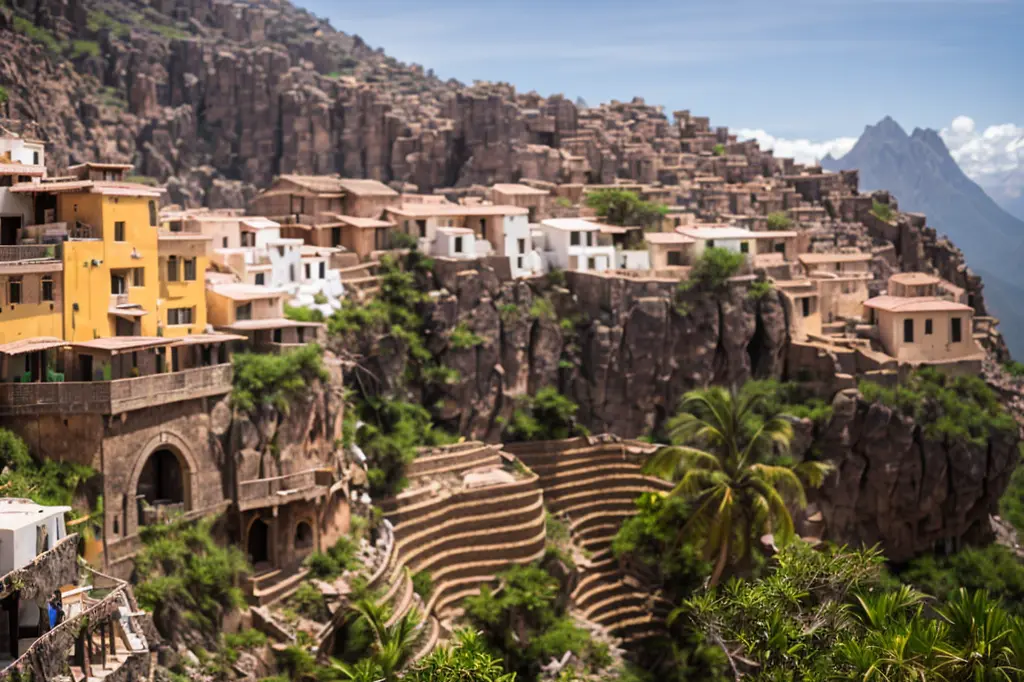
Santo Antão is primordial and rugged, with no part flat or untouched. It resembles a rough, unfinished project abandoned to the ocean’s forces. The island is renowned for hiking, with trails used by locals for centuries now accessible to visitors. One day can be spent tracing the north coast along stark, plunging cliffs; another day navigating a steep rock wall to a surreal high plateau; and another exploring the lush Paul valley, enjoying potent local grogue made from sugarcane.
Santo Antão offers dramatic landscapes, diverse scenery, excellent trails, and refreshing local drinks. It truly is a hiker’s paradise, with few others to share it with.
3. Maginot Line, France
The Maginot Line was a 1930s French defense project built with the correct belief that Germany would invade again. Surprisingly, the vast underground forts still exist and can be visited.
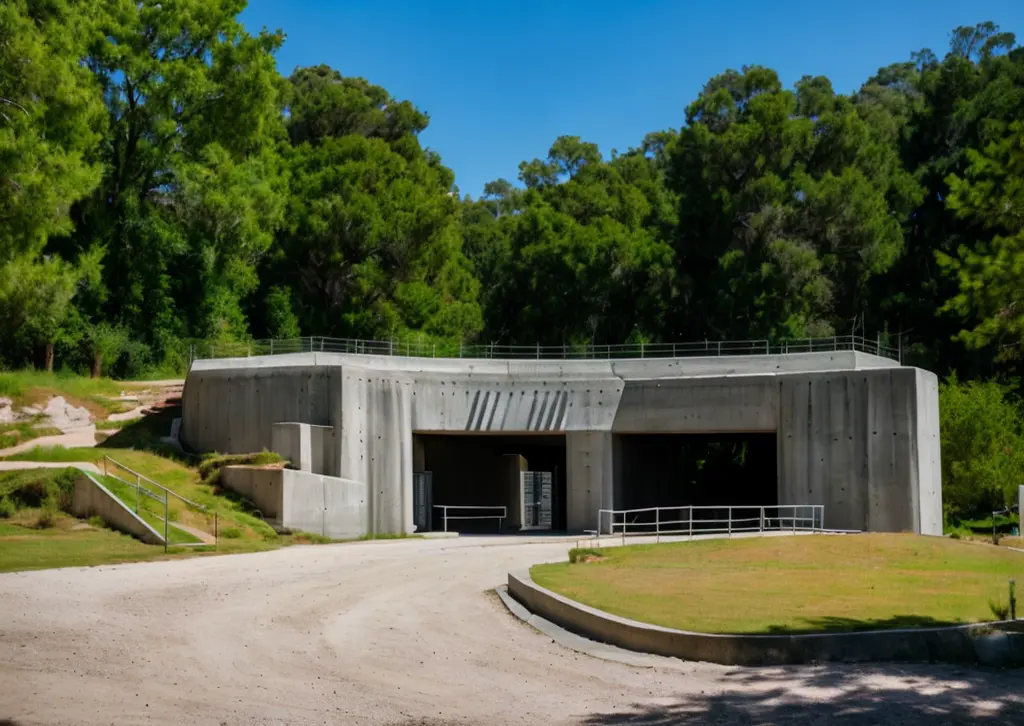
Critics argue that the line didn’t delay the stormtroopers for more than 15 minutes, as it wasn’t as effective as hoped. However, this was due to the forts not extending far enough to protect the Belgian frontier and Ardennes. As far as it went, the line was extraordinary, a remarkable engineering achievement of the interwar years. The most impressive site is the Hackenberg, located in Veckring, northeast of Metz.
The site features six miles of underground tunnels serving living quarters, kitchens, and 19 artillery blocks still equipped with cannons. Spanning 198 acres, it housed 1,200 men and required 4,800 potatoes daily, with an on-site potato peeling machine still in operation. The electric railway, which transported troops and now visitors, remains functional. The visit is fascinating, with a sense of relief upon exiting into the sunshine of the Moselle landscape, which gently rolls toward the Vosges mountains.
4. Trongsa Dzong, Bhutan
A first glimpse of Trongsa Dzong is awe-inspiring. Located on a steep, gravelly road, descending from the lofty 3,420m Pele La pass on a mountain bike, one must stop to take it in.
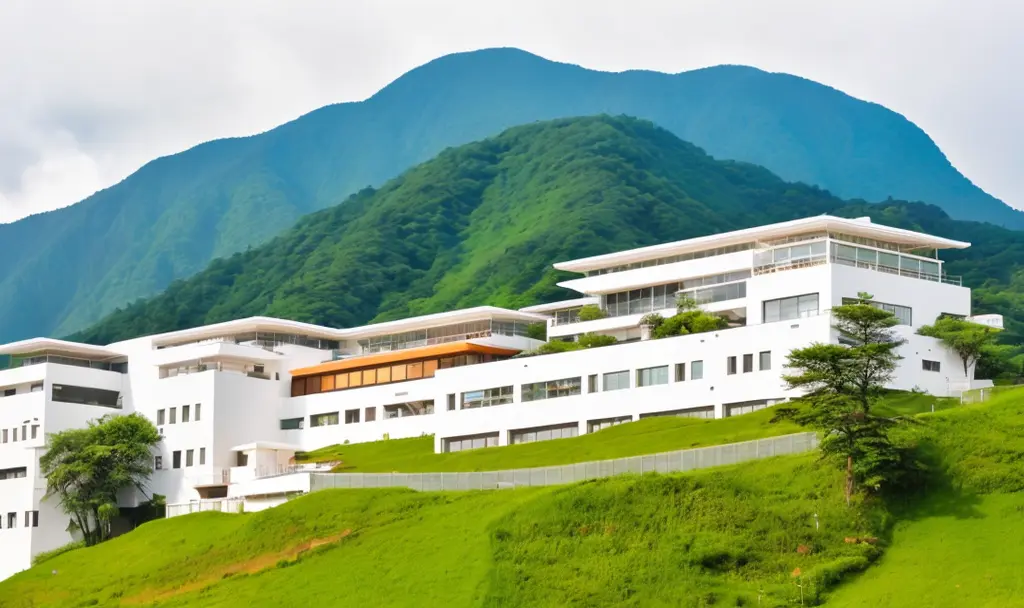
Gazing across the canyon carved by the Mangde Chhu river, the sight of whitewashed walls, red roofs, and gilded spires on a ridge resembles a combination of Lhasa’s Potala Palace and Dracula’s castle. Trongsa Dzong serves as a fortress, monastery, and stately royal residence.
Built in the mid-17th century, Trongsa Dzong is strategically located in the center of Bhutan. Though it may not be as popular on social media as the cliff-clinging Tiger’s Nest temple or as frequently visited as Punakha Dzong or Chimi Lakhang, it offers an extraordinary mountain setting, a lofty guard tower, and 23 vividly painted lhakhangs (Buddhist temples).
Visitors crossing the elegant cantilevered bridge and passing through a gateway guarded by grimacing demons enter a bustling citadel that seems unchanged for centuries. Courtyards lined with prayer wheels and intricate decorations are filled with red-robed monks and administrative officers but few tourists. Most visitors bypass Trongsa Dzong, flying between Paro and Bumthang, leaving this historic marvel atmospheric and imposing.
5. The chalk cliffs of Rügen, Germany
In Germany, the chalk cliffs of Rügen hold a significant and almost revered status, akin to the White Cliffs of Dover for the British. Unlike Britain’s cliffs, which overlook a bustling port and one of the busiest waterways globally, the Kreidefelsen (as they are known in German) are situated in a secluded and remote part of the country, a location rarely visited by British tourists.
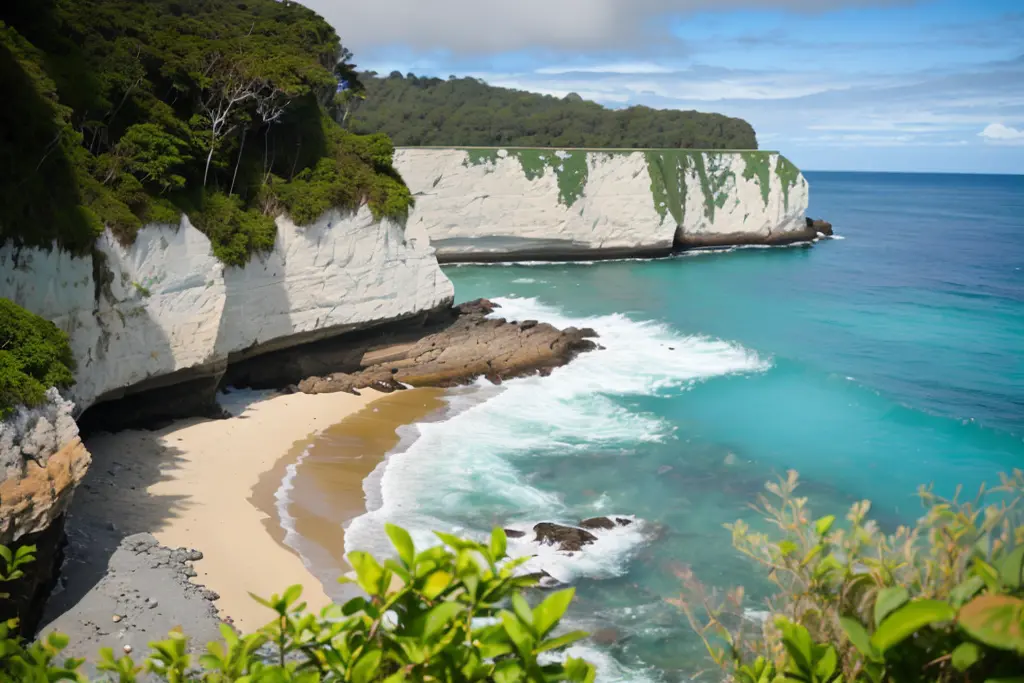
These dramatic chalk cliffs provide a stunning view over the Baltic Sea and are surrounded by a dense, atmospheric forest. Rügen, the largest island in Germany, attracts many domestic visitors, though it remains relatively unknown in Britain. The cliffs, famously depicted by the romantic painter Caspar David Friedrich, are among the island's many attractions.
Rügen's eastern shore features sandy beaches, while the west coast is characterized by wild, marshy landscapes. The island's interior is a charming mix of woods and meadows, interwoven with picturesque cycling paths. Historic steam trains connect the main resorts, with Ostseebad Binz being the most popular base. This lively seaside town offers direct train connections to major cities like Hamburg and Berlin.
6. Banteay Chhmar, Cambodia
In 2011, after several days in Cambodia, a visit to another, less frequented temple complex provided a refreshing change from the crowded ruins of Angkor. Banteay Chhmar, commissioned by King Jayavarman VII, is located a day's drive from Angkor and offers a more tranquil and isolated experience.
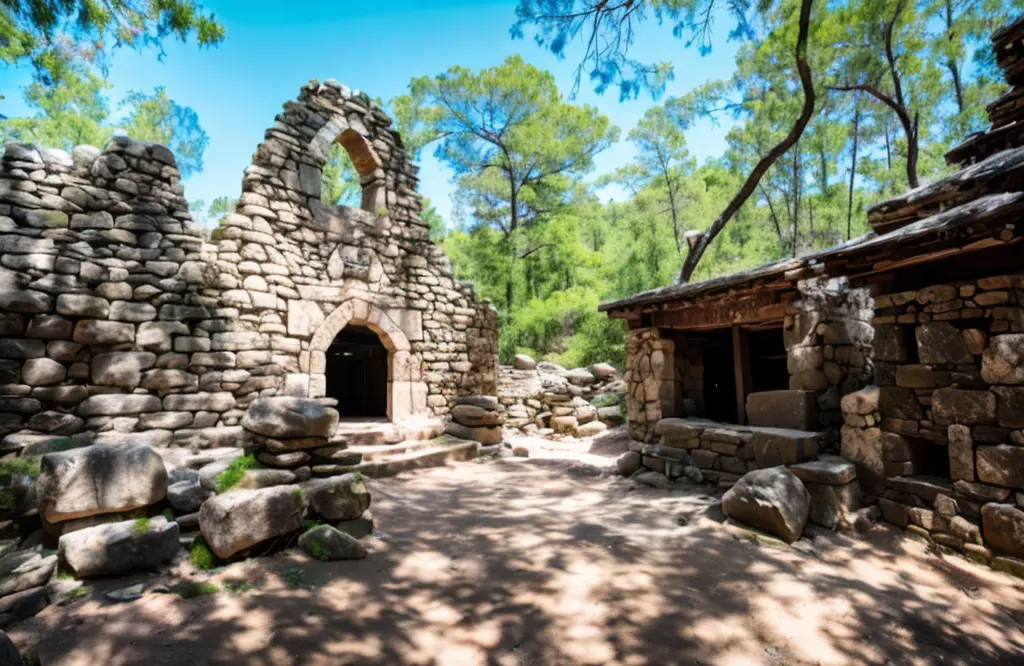
Reaching Banteay Chhmar by helicopter, the journey over dense jungle until the ancient ruins emerged was a breathtaking sight. Unlike the busy temples of Angkor, Banteay Chhmar had no tourists, only weathered pillars with intricate carvings, archways entwined with vegetation, and long-forgotten towers with serene, crumbling faces.
Today, improved roads have reduced the travel time from Siem Reap to just 2.5 hours. The area has been cleared of landmines from past conflicts and is on Cambodia’s Tentative List of World Heritage Sites, potentially marking the beginning of its deserved recognition and fame.
7. Elqui Valley, Chile
Nestled between the beach town of La Serena and the Andes, the Elqui Valley in Chile is one of South America's most picturesque regions. The valley rises from fertile plains to the Agua Negra pass, reaching 15,680 feet above sea level. The journey up the well-maintained Ruta 41, following a long road trip through the Atacama Desert, reveals a landscape where tan-colored slopes meet green valley floors nourished by continuous sunshine.
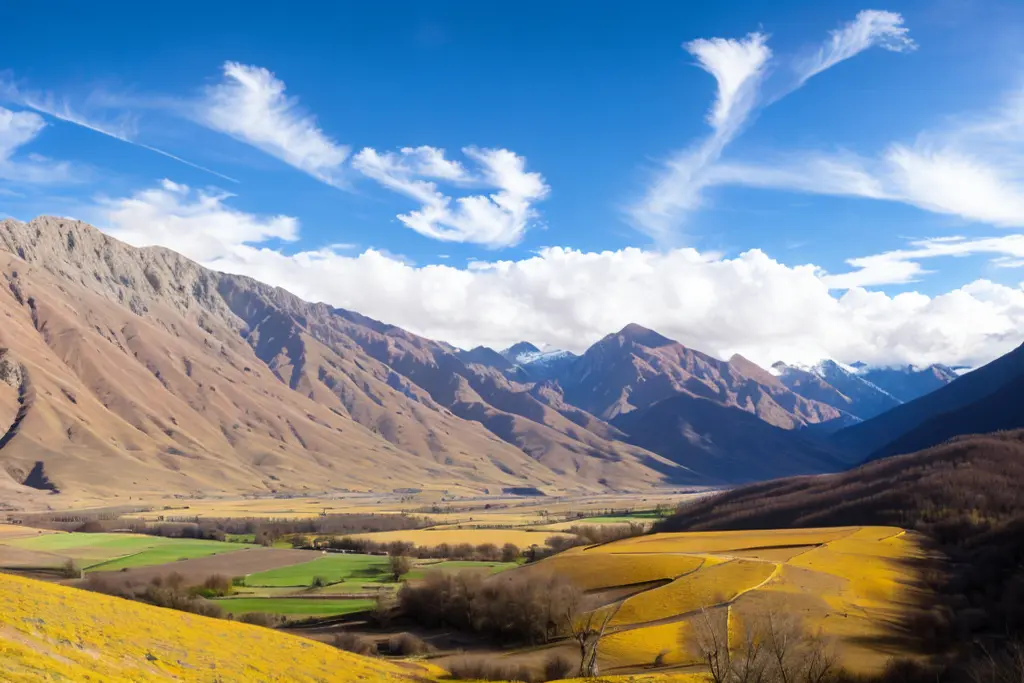
Elqui is renowned for its wine production, particularly for grapes like muscat, muscatel, Pedro Ximénez, and torontel, used to make the national drink, pisco. Visiting a distillery near Vicuña provided an unexpected delight with Pisco's floral and honeyed flavors. The Alfa Aldea Astronomy Centre offered an even more memorable experience, combining wine tasting with stargazing.
The valley's clear night skies are dotted with observatories. Viewing Mars, Venus, Uranus, the Orion nebula, and various celestial bodies was a highlight, especially under a full moon. For the best experience, it's advisable to consider the lunar cycle when planning a visit.
Gabriela Mistral, Chile's Nobel Prize-winning poet of 1945, described the Elqui Valley as “a heroic scar in the mass of mountains, but so brief, that it is nothing but a torrent through two green banks. And this little place can be loved as perfection.” This description perfectly captures the valley’s unique charm.
8. Vatnajokull, Iceland
Iceland remains a favored destination for travelers from the UK. Despite its distant location, the availability of affordable flights has made the island's attractions, such as the Blue Lagoon, Gullfoss falls, and the original Geysir, accessible and beloved.
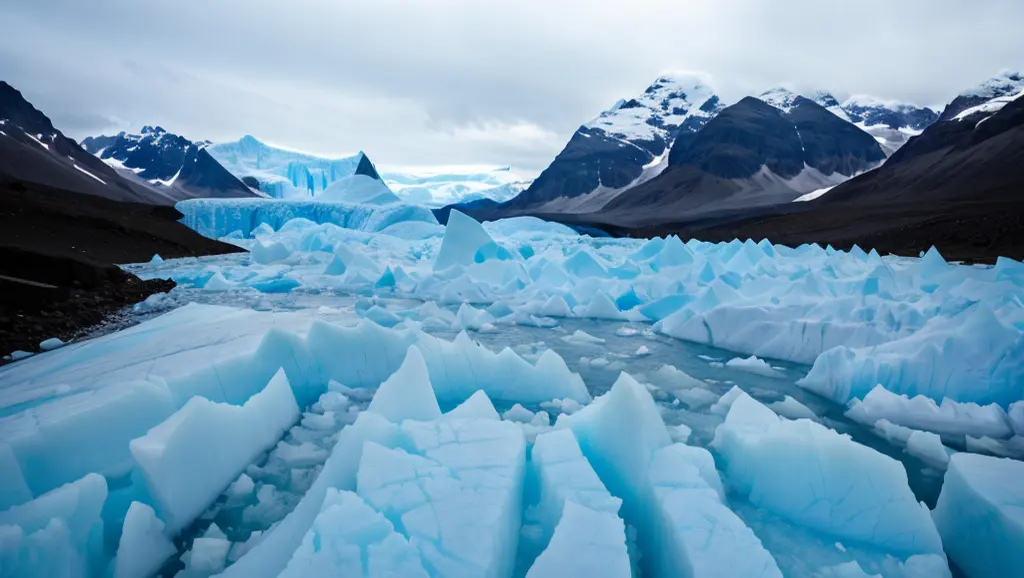
However, a more spectacular wonder is less well-known. The "Ice Cave of Vatnajokull" is a remarkable sight: a vast, crystalline cavern within the depths of a massive glacier.
Reaching this natural marvel is no simple feat, which likely contributes to its lesser-known status. Visitors require guides and appropriate transportation to traverse the extensive black sands reminiscent of Mordor. A hike then leads to a grand entrance, resembling an Arctic dragon's lair. As you cautiously enter (safety gear is mandatory due to the dangers), you find yourself enveloped by millennia of frozen, translucent blue ice, creating an ethereal and breathtaking scene.
9. Chavin de Huantar, Peru
The Lanzon, a four-meter-high stone deity with fierce features and serpentine hair, has been a guardian at Chavin de Huantar since 500 BC. This ancient Andean ceremonial site, recognized by UNESCO for its universal significance, houses this striking figure at the heart of an underground labyrinth.
Encountering the Lanzon in its subterranean setting offers a unique thrill compared to typical ancient ruins. Walking through a narrow, dimly-lit passage towards the distant, illuminated column builds anticipation. Gazing up at the intricately carved face invokes a sense of awe. The artwork's angle adds to its mysterious and imposing presence. Above ground, carvings depict jaguars and the hallucinogenic San Pedro cactus, suggesting profound rituals and pilgrimages that occurred here long ago.
10. Long Meg and her Daughters, Cumbria
Among the 1,300 stone circles scattered across Britain, Long Meg and her Daughters stands as the third largest in England, following Avebury and Stanton Drew. Despite its significance, visitors often find the site devoid of the usual amenities and crowds, encountering instead a tranquil field occupied by curious cattle and ancient stone pillars from 1500 BC.
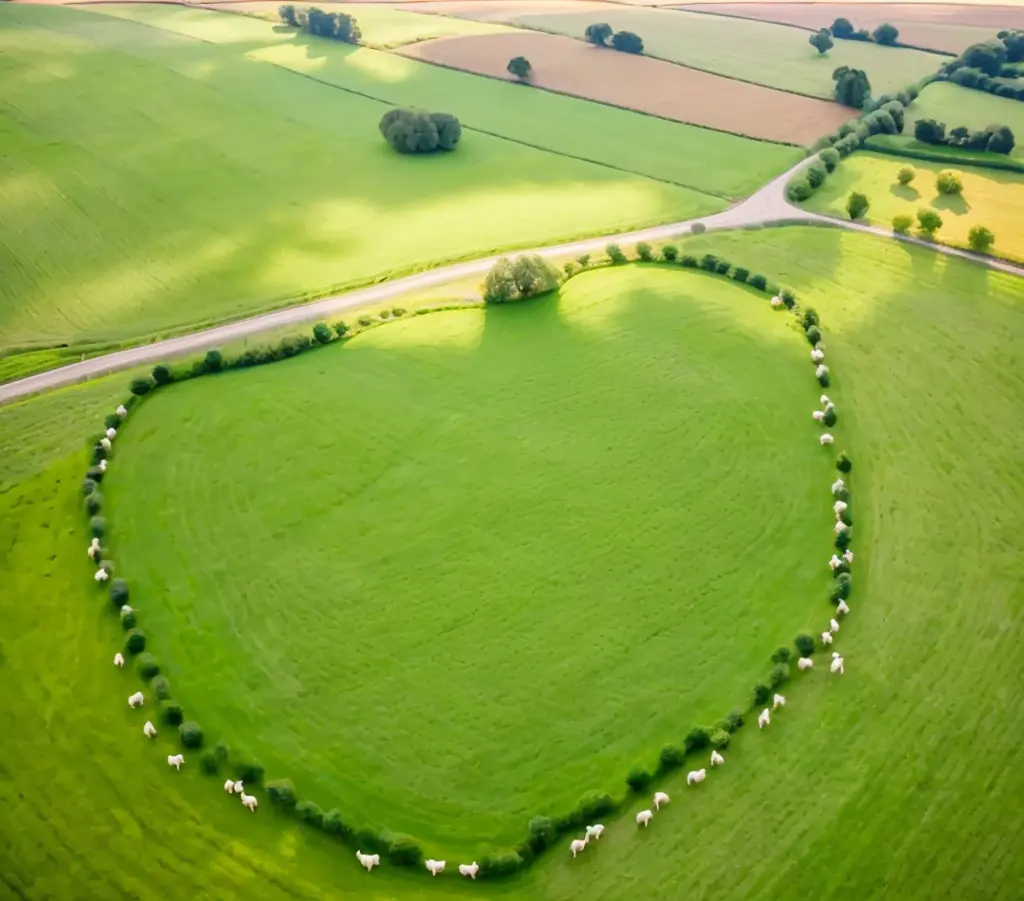
William Wordsworth, a local poet, held the site in high regard, comparing it favorably to Stonehenge and dedicating a poem to it, expressing a deep sense of awe. Legend tells that Long Meg was a witch who turned to stone with her daughters for desecrating the Sabbath with their wild dancing. Historically, the circle may have served religious or trading purposes. Today, it comprises 59 large stones, 27 of which remain upright, with Meg herself, a 12-foot red sandstone pillar, standing just outside the circle.
Visitors can park in Little Salkeld and walk to the site, possibly including a visit to Little Meg, one of the smallest stone circles in Britain, and Lacy’s Caves, an intriguing series of man-made chambers carved into a cliff by the River Eden.
11. Lake Abbe, Djibouti
Situated in a remote part of East Africa, this tiny nation is often overlooked on the map. Bordered by Eritrea, Ethiopia, Somaliland, and the Gulf of Aden, Djibouti is not a typical tourist destination. Despite this, it harbors unique sites worth exploring.
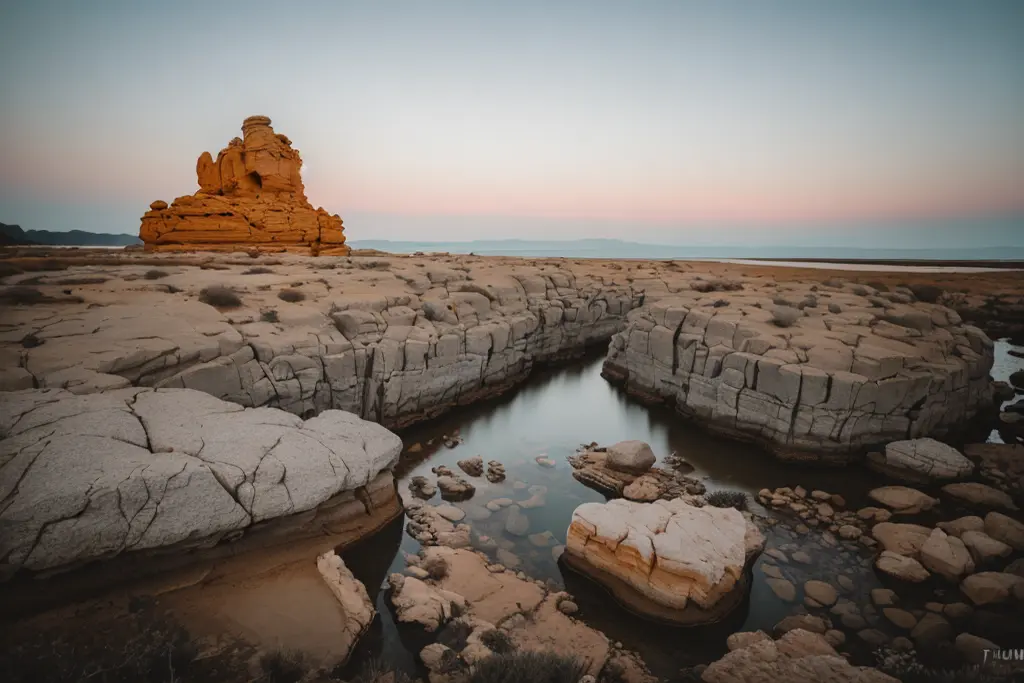
A journey by road from Ethiopia leads to Lake Abbe, a salt-crusted basin in the Afar Depression. The route passes through desert settlements, arriving at the lake at sunset. Smoke spirals from limestone chimneys, creating a surreal scene where flamingos appear as blurred silhouettes. In the distance, a boy tends to goats and donkeys, evoking a scene from a different era.
12. The Saloum Delta, Senegal
The trip to the Saloum Delta involved a nerve-wracking ride in an overpacked taxi, swerving past oncoming traffic. Senegalese drivers often attach goat tails to their vehicles for luck, which seems to substitute for careful driving.
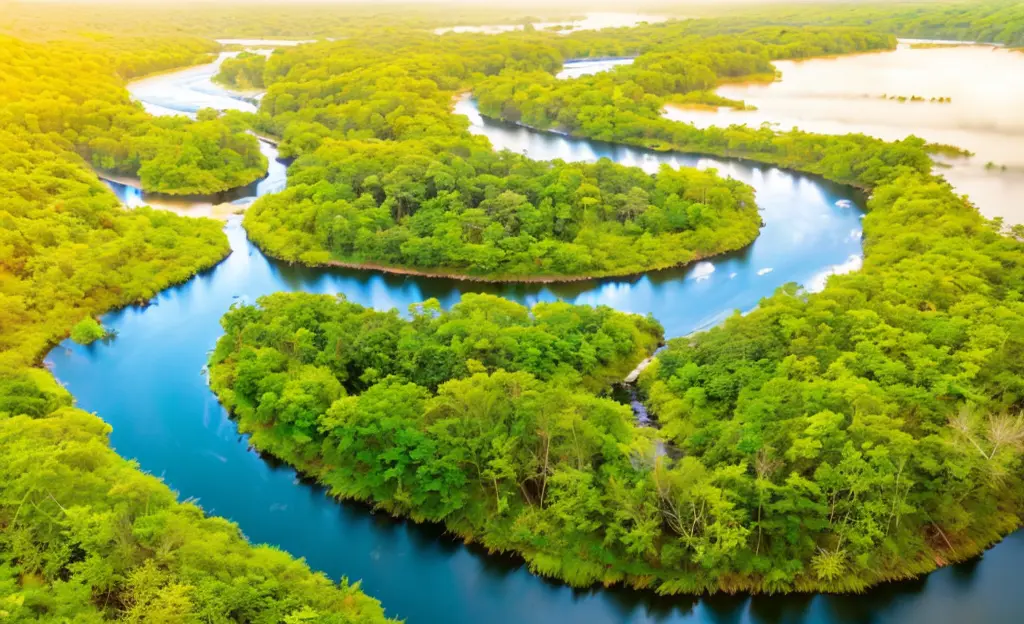
Finally reaching the delta, its mangrove-lined shores glistened under the afternoon sun. The convergence of the Sine and Saloum rivers into the Atlantic is accompanied by the sounds of exotic birds. Exploring the lush waterways by kayak, one can observe fish leaping and teasing the herons, pelicans, and local fishermen casting nets from vibrant boats.
The 180,000-hectare Saloum Delta is a haven for bird watchers, but its appeal extends beyond wildlife. Among the mangroves and channels lie islands, some composed entirely of shells. The island of Fadiouth, north of the delta, is particularly intriguing. Locals have used clam shells to create paths, houses, and even cemeteries. The absence of cars means no need for lucky goat tails here.
13. Odontotos Rack Railway, Greece
The Odontotos Rack Railway in Greece offers a distinctive journey from the beach resort of Diakopto to the mountain village of Kalavryta on Mount Helmos, which still retains snow even in early June.
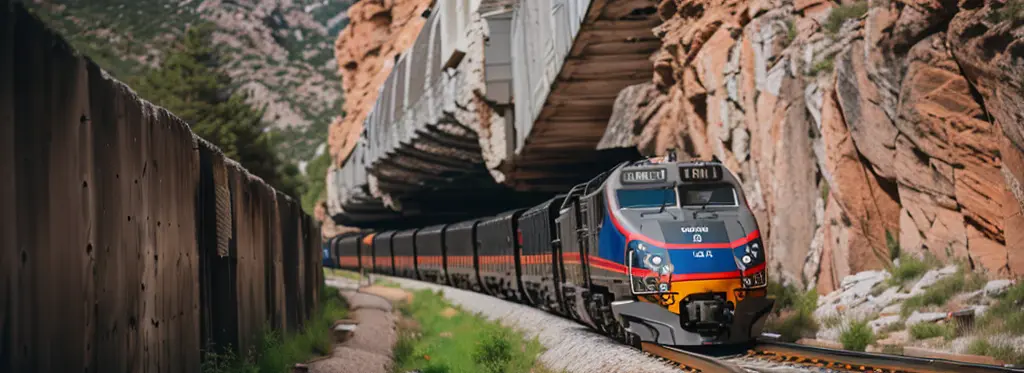
Designed to navigate steep inclines, this cog railway is one of only 50 in existence, mostly found in Italy and Switzerland. Greece's solitary example was constructed between 1889 and 1895 by Italian workers. It ascends 700 meters over a 14-mile stretch, delivering thrills throughout the 60-minute ride. The train navigates narrow tunnels, crosses slender bridges, and runs alongside gorges filled with melting snow. The climax of the journey is passing through Portes, rusted iron gates reminiscent of those in a fantasy realm, leading into a dark, imposing tunnel.
14. The Temple of Ranakpur, India
In a time when many are engrossed in their smartphones, it is rewarding to lift one's gaze, especially within the captivating Jain temple at Ranakpur. This temple boasts one of the most extraordinary ceilings in the world, intricately carved from gleaming white marble.
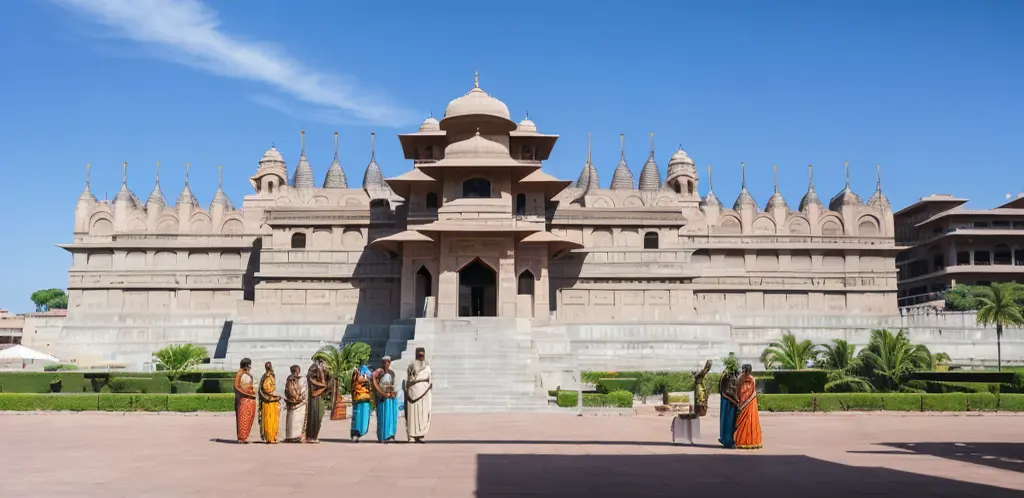
The meticulous craftsmanship extends throughout the temple, nestled in the Aravalli hills between Jodhpur and Udaipur. Covering 48,000 square feet, it features 29 halls, 80 domes, 426 columns, and 1,444 pillars, each uniquely detailed. The temple forms a labyrinthine wonder of carved elephants, goddesses, and serpents. Legends suggest the pillars are uncountable, highlighting the temple's grandeur and the astounding effort that went into its creation.
15. Toprak-Kala, Uzbekistan
In the late afternoon, a visit to the secluded site of Toprak-Kala, located 50 miles from Urgench before heading to Tashkent and onward. Initially, the visit appeared to be a mere afterthought to the captivating tour of Silk Road cities like Samarkand, Bukhara, and Khiva, known for their vibrant markets, mosques, and minarets.
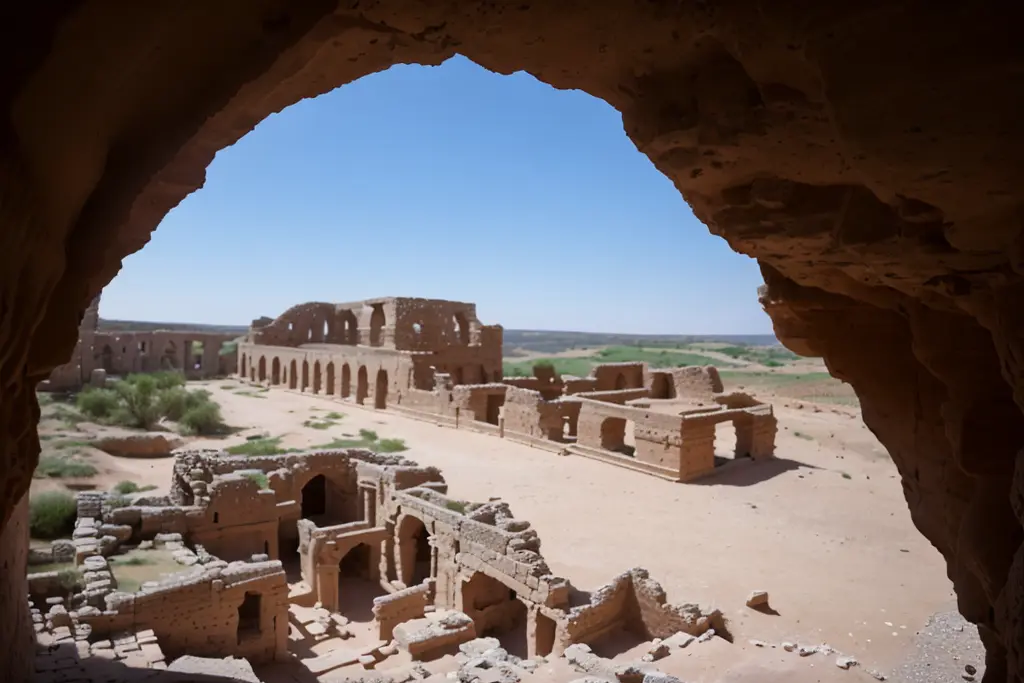
However, the unearthed ruins of this ancient desert palace fortress, which served as the capital of Chorasmia in the 2nd and 3rd centuries AD, were astonishing. Bathed in the warm glow of the setting sun, its sandy escarpments and high defensive walls shone with a golden hue, while the remains of its towers and arches cast long shadows across the flat desert landscape.
This silent, majestic ruin, once a cultural hub and a sanctuary for camel caravans traversing east to west, epitomizes the mystique and allure of the Silk Road like few other places.
16. The Teifi Pools, Ceredigion
Imagine being the person in those car commercials, driving as the camera captures breathtaking hills, an expansive sky stretching over windswept moors, and reflecting in moody lakes with no one else in sight (except perhaps a stray sheep).
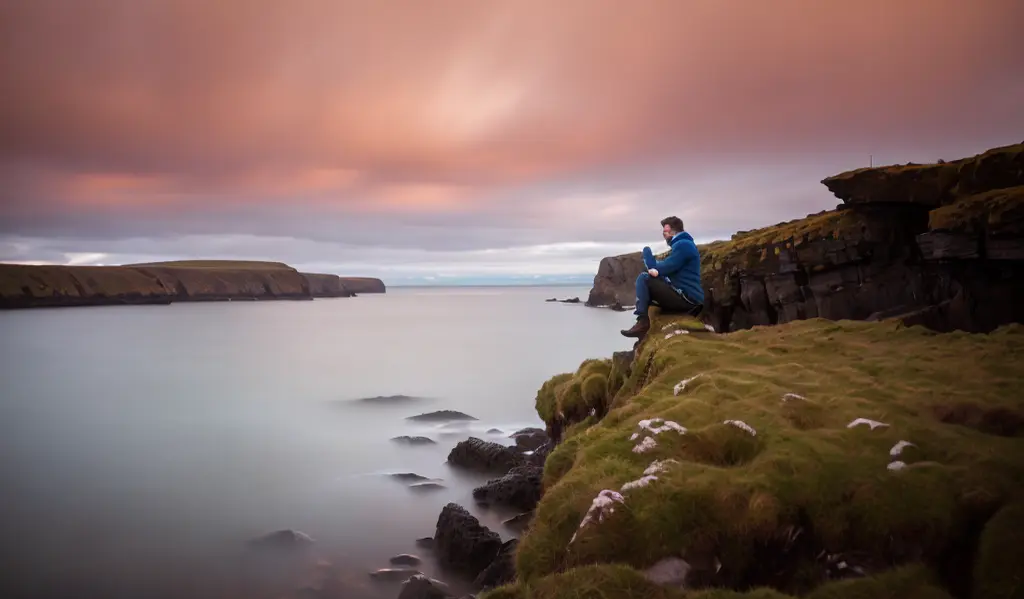
This can become reality by following the single-track road from the village of Pontrhydfendigaid, passing the ethereal ruins of Strata Florida, a 12th-century Cistercian Abbey once believed to house the Holy Grail, and continuing up to the Teifi Pools. These glacial lakes and reservoirs, located 1,500 feet above sea level, are so remote they feel otherworldly and were once deemed unfathomable. Visitors can hike the six-mile Teifi Pools Walk, fish for wild brown trout, or simply marvel at the stark beauty of this extraordinary landscape.


